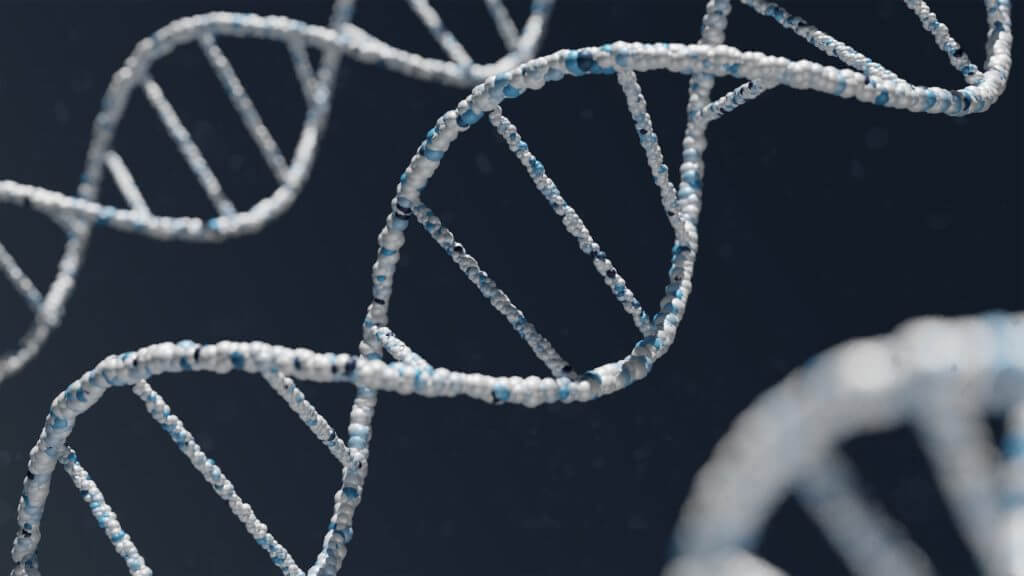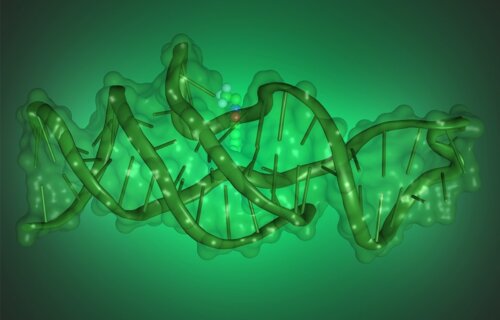NEW YORK — DNA is capable of imitating the function of proteins, folding into unique shapes to complete certain tasks. A new study finds that when DNA folds into three-dimensional structures, the molecules can take on the role of a protein called green fluorescent protein (GFP). The findings provide a whole new look at the versatility of DNA and its role in human functioning.
GFP is a protein derived from jellyfish. Scientists often use it in labs as a tag to track certain cells. If DNA can replicate similar GFP functions, scientists may be able to use an all-DNA fluorescent tag that could help with labeling certain pieces of DNA in studies and diagnostic test kits.
“These findings really change our understanding of what we can do with DNA,” says study co-author Dr. Samie Jaffrey, the Greenberg-Starr Professor of Pharmacology and a member at Weill Cornell Medicine, in a media release.
The shape of DNA is normally a double-stranded helix, similar in appearance to a twisted ladder. It acts as the main source of genetic information. Last year, the researchers discovered a single-stranded DNA that folds in a form that allows it to mimic GFP activity. The DNA molecule, nicknamed “lettuce” for the green color it emits, works by binding to another small organic molecule. Binding to the fluorescent molecule and squeezing it produces its glow-in-the-dark features. The combination was recently successful as a fluorescent tag for detecting SARS-CoV-2, the viral cause of COVID-19.

Photo by Warren Umoh on Unsplash
“Lettuce” was discovered by creating many single-stranded DNAs and screening them for the fluorescent activity. However, there was still the mystery of what shape lettuce needs to take on to gain this ability.
The new study used advanced structural imaging techniques such as cryo-electron microscopy, to examine the structure of lettuce at an atomic level. Researchers found lettuce folds in a shape with a center that acts as a four-way junction of DNA. The figure allows DNA to trap the organic molecule giving the green color. Lettuce’s foldings are also held together with nucleobases — building blocks of DNA that are often referred to as A, G, C, and T.
“What we have discovered is not DNA trying to be like a protein; it’s a DNA that is doing what GFP does but in its own special way,” says Adrian Ferré-D’Amaré, a senior author of the study who works at the National Institute of Health.
According to the authors, the findings could speed up rapid diagnostic tests and other science studies that require a DNA-based fluorescent tag.
“Studies like this are going to be essential for the creation of new DNA-based tools,” Dr. Jaffrey explains.
The study is published in the journal Nature.
You might also be interested in:
- Map comparing DNA of 240 mammal species could revolutionize medicine
- Chemical found in Splenda reportedly damages DNA: ‘It’s something you should not be eating’
- Ancient DNA in a Stone Age tomb reveals the world’s oldest family tree

